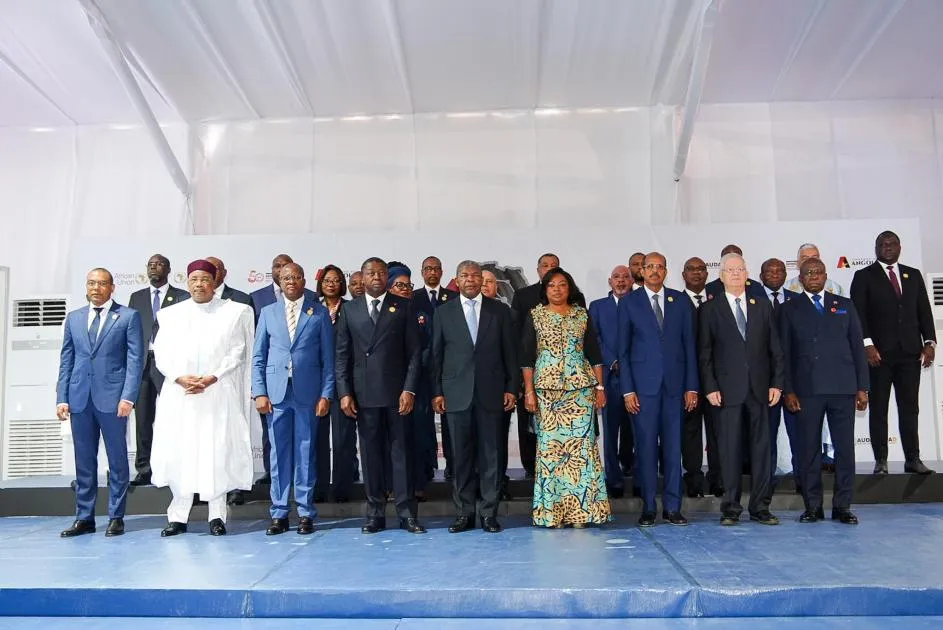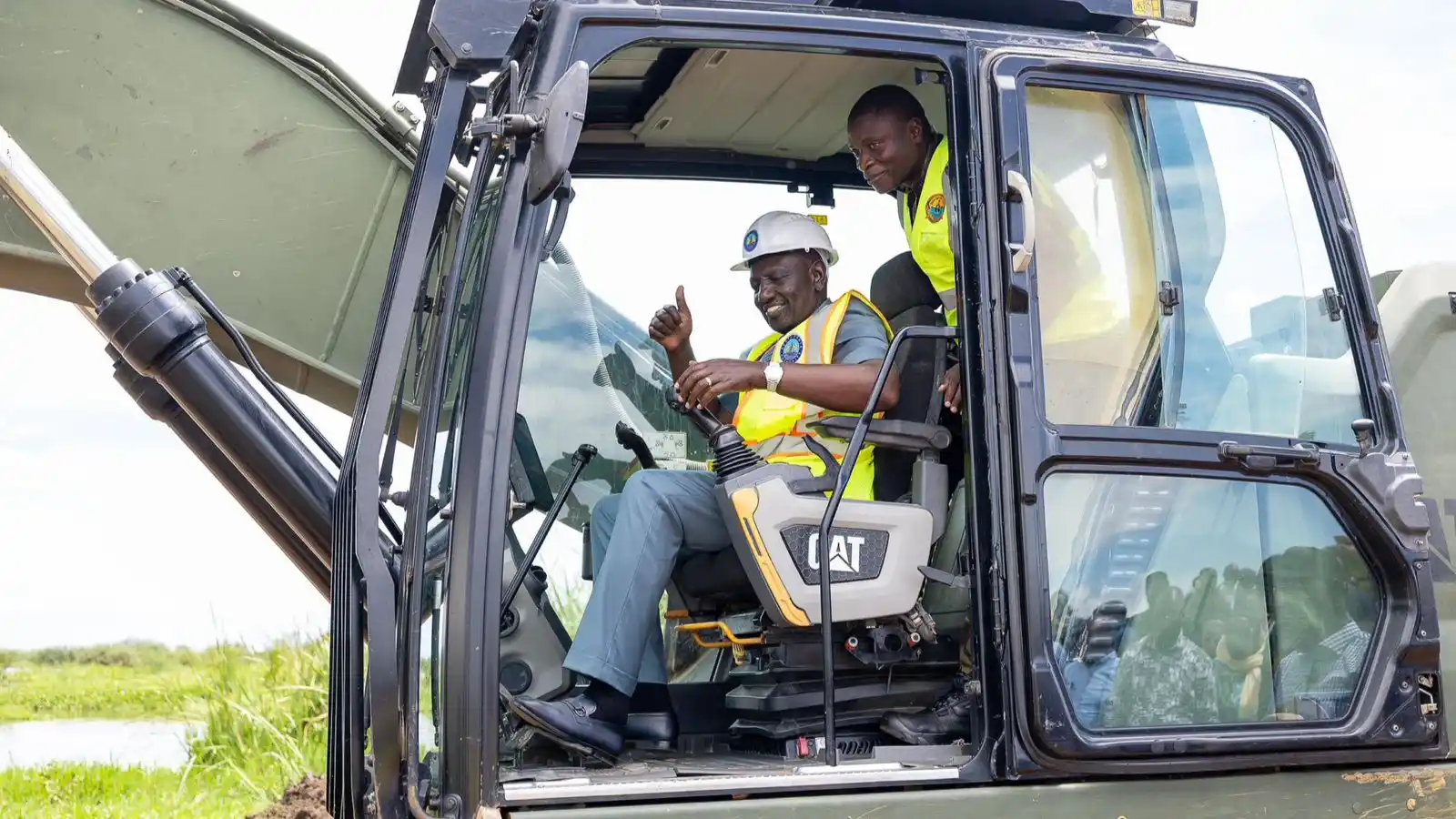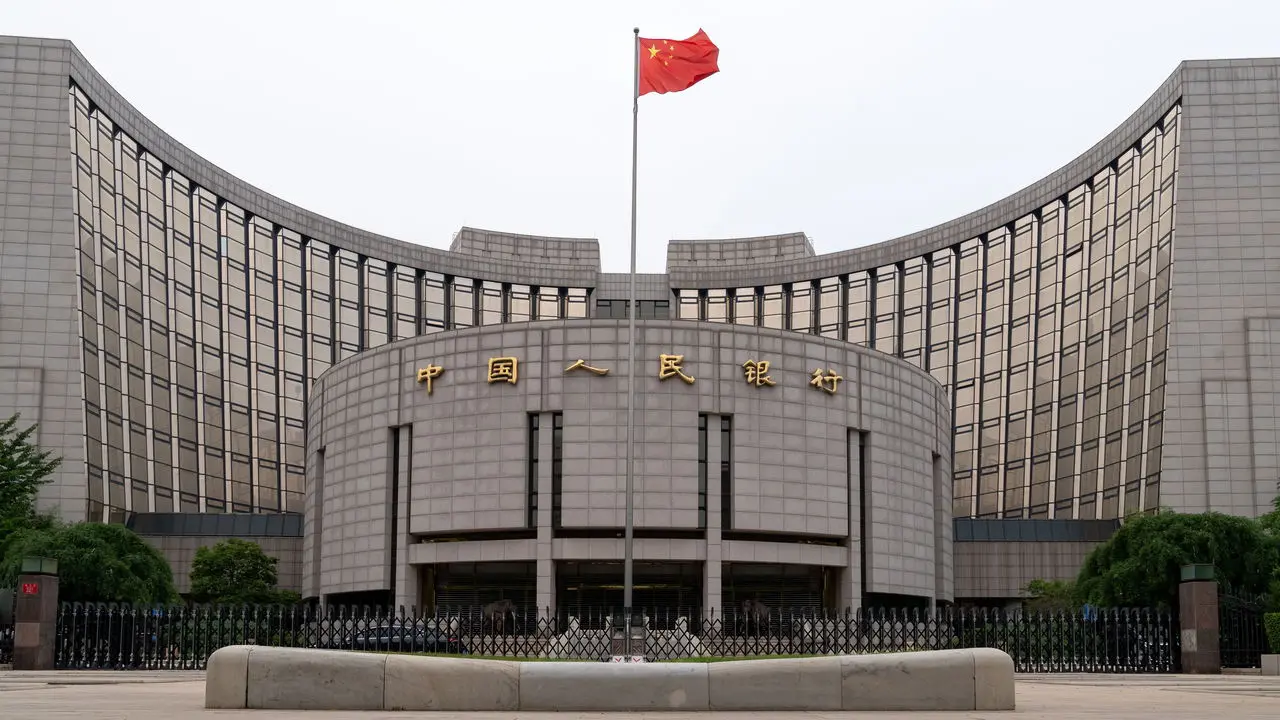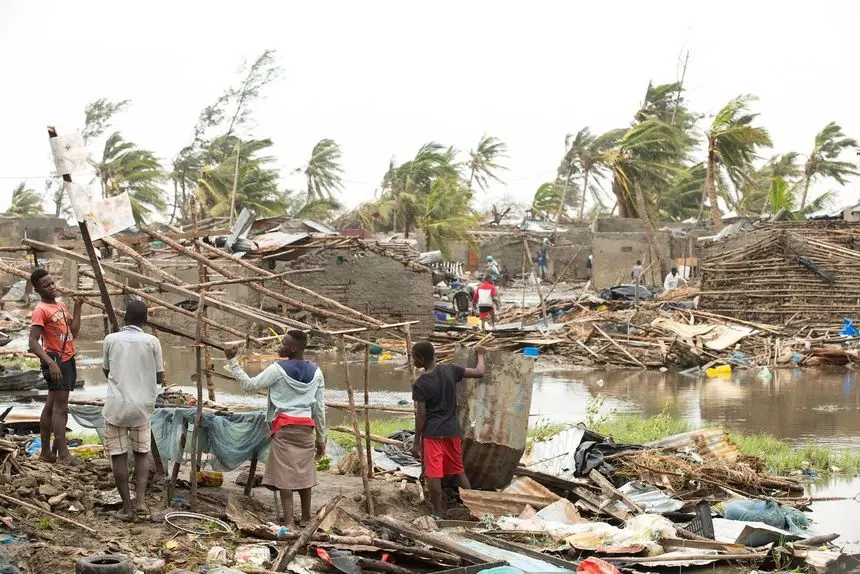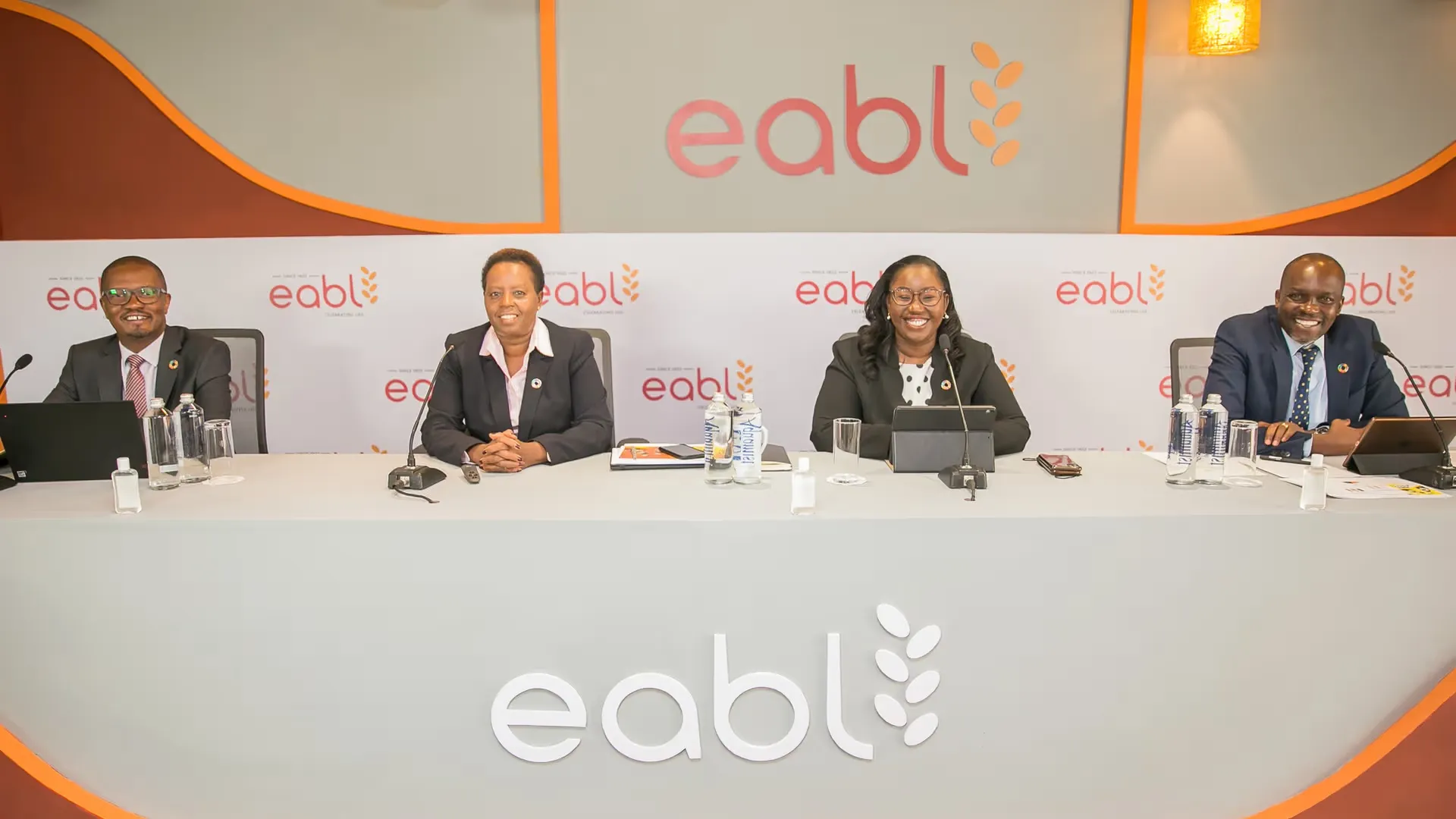In what represents one of the most ambitious gatherings focused on African economic development in recent years, heads of state, global investors, and development partners are converging in Angola’s capital from October 28-31, 2025, for the III Summit on Financing for Infrastructure Development in Africa. The high-stakes meeting carries the weight of continental expectations as leaders seek to unlock the massive capital flows necessary to transform Africa’s infrastructure landscape and accelerate regional integration.
Held under the High Patronage of H.E. João Manuel Gonçalves Lourenço, President of Angola and current African Union Chairperson, the summit operates under the theme “Capital, Corridors, Trade: Investing in infrastructure for the AFCFTA and shared prosperity.” This carefully chosen theme reflects the direct connection between infrastructure development and the success of the African Continental Free Trade Area (AfCFTA), the world’s largest free trade area by number of countries.
Build the future you deserve. Get started with our top-tier Online courses: ACCA, HESI A2, ATI TEAS 7, HESI EXIT, NCLEX-RN, NCLEX-PN, and Financial Literacy. Let Serrari Ed guide your path to success. Enroll today.
The gathering brings together an unprecedented coalition of stakeholders including Heads of State, cabinet ministers, institutional investors, heads of multilateral development banks, and private sector leaders. All participants share a common objective: transforming Africa’s long-standing infrastructure ambitions into bankable, investment-ready projects that can attract the estimated $130-170 billion in annual infrastructure financing that Africa requires, according to the African Development Bank.
A Continental Mandate for Action
The summit is being jointly organized by the African Union Commission (AUC) and the African Union Development Agency-NEPAD (AUDA-NEPAD), in close partnership with the Government of Angola. This collaboration represents the institutional machinery of continental integration working in concert to address one of Africa’s most pressing challenges: the infrastructure deficit that continues to constrain economic growth and regional connectivity.
In a powerful statement ahead of the summit, H.E. Lerato Dorothy Mataboge, Commissioner for Infrastructure and Energy at the African Union Commission, articulated the gravity of the moment: “The aspirations of our 1.4 billion citizens are high, and the trust placed in us by our leaders demands that we rise to the occasion with renewed vigour, unity, and commitment.”
This declaration underscores both the opportunity and the responsibility facing African leaders and their international partners. With Africa’s population projected to reach 2.5 billion by 2050, according to United Nations estimates, the infrastructure decisions made today will shape the continent’s trajectory for generations to come.
Strategic Sectors Driving the Agenda
The comprehensive programme for the Luanda summit focuses on four strategic sectors that African leaders have identified as critical enablers of sustainable development and economic transformation.
Transport and Trade Corridors
Transport infrastructure forms the arterial system of continental trade, and the summit places particular emphasis on financing integrated cross-border railways, modernizing civil aviation infrastructure, and developing strategic trade corridors that can dramatically reduce the cost and time of moving goods across Africa.
One of the flagship projects expected to receive significant attention is the Lobito Corridor, a transformative railway development connecting Angola’s Atlantic coast through the Democratic Republic of Congo to Zambia’s copper belt. This corridor has attracted major international interest, including from the United States and European Union, as it offers an alternative route for critical minerals essential to the global energy transition.
The summit will also focus on accelerating implementation of the Single African Air Transport Market (SAATM), an initiative designed to liberalize civil aviation across Africa. Currently, flying between African cities often requires routing through European hubs, dramatically increasing costs and travel times. SAATM aims to create an open-skies environment that could reduce ticket prices by up to 35 percent and create 155,000 jobs while adding $1.3 billion to African GDP annually, according to International Air Transport Association projections.
The poor state of Africa’s road networks remains a significant barrier to trade and economic integration. The World Bank estimates that Africa has only 34 kilometers of roads per 100 square kilometers of land area, compared to 134 kilometers in Latin America and 166 in South Asia. Addressing this deficit through innovative financing mechanisms will be central to summit discussions.
Energy Infrastructure and Power Integration
Energy poverty remains one of Africa’s greatest development challenges, with approximately 600 million people lacking access to electricity, according to the International Energy Agency. The summit prioritizes accelerating the African Single Electricity Market (AfSEM), an ambitious initiative to create an integrated continental power pool that would allow electricity to flow seamlessly across borders.
The AfSEM vision includes developing green power interconnections that leverage Africa’s abundant renewable energy resources. The continent possesses 60 percent of the world’s best solar resources, substantial wind power potential, significant hydroelectric capacity, and emerging geothermal resources. However, these resources remain largely untapped due to insufficient investment in generation and transmission infrastructure.
One of the marquee projects expected to be showcased in the summit’s “Project Boardrooms” is the Grand Inga Hydropower Project on the Congo River in the Democratic Republic of Congo. If fully developed, Grand Inga could generate 40,000 megawatts of electricity, nearly twice the capacity of China’s Three Gorges Dam and enough to provide power to much of sub-Saharan Africa. However, the project has faced decades of delays due to technical complexities, governance concerns, and financing challenges.
The summit also aims to promote investment in distributed renewable energy solutions, including mini-grids and off-grid solar systems that can provide electricity to remote and rural communities more quickly and cost-effectively than extending traditional grid infrastructure.
Digital Transformation and ICT Infrastructure
The digital revolution offers Africa an opportunity to leapfrog traditional development stages, but this requires substantial investment in broadband networks, data centers, and enabling digital infrastructure. The summit recognizes that digital connectivity is no longer a luxury but a fundamental prerequisite for participation in the modern global economy.
Africa currently lags significantly in internet penetration, with only about 33 percent of the population having internet access, compared to a global average of 63 percent, according to the International Telecommunication Union. This digital divide constrains educational opportunities, limits access to healthcare information, restricts financial inclusion, and prevents African entrepreneurs from competing in global markets.
The programme emphasizes unlocking capital for transcontinental fiber-optic cables, including submarine cables linking African nations and terrestrial networks that can extend connectivity to landlocked countries. Investment in data centers is also crucial as African governments and businesses increasingly adopt cloud computing and need local infrastructure to ensure data sovereignty and reduce latency.
Digital ID systems represent another priority area. Secure, interoperable digital identity infrastructure can enable financial inclusion, facilitate cross-border trade, improve government service delivery, and combat corruption. Several African countries have already made progress in this area, with systems like Ghana’s National Identification Authority demonstrating the transformative potential of comprehensive digital ID programs.
The Smart Africa Alliance, a coalition of African countries committed to accelerating digital transformation, has been instrumental in promoting harmonized approaches to digital infrastructure development and will play a key role in summit discussions.
Water and Sanitation Infrastructure
Water security and sanitation infrastructure, while sometimes overshadowed by more visible transport and energy projects, are fundamental to human health, agricultural productivity, and industrial development. The summit aims to develop innovative financing models for resilient water infrastructure and utilities that can ensure sustainable access to this essential resource.
Africa faces significant water challenges despite having 9 percent of the world’s freshwater resources. Climate change is exacerbating these challenges, with some regions experiencing more frequent droughts while others face increased flooding. Inadequate water storage capacity means that many African countries cannot effectively manage water resources across seasons and years.
Investment in transboundary water management is particularly critical, as 63 of Africa’s international river basins are shared by multiple countries. Cooperative approaches to managing these shared resources can reduce conflict potential while enabling projects that benefit multiple nations. The Nile Basin Initiative and the Zambezi Watercourse Commission offer models for such cooperation that could be replicated elsewhere.
Urban water and sanitation infrastructure requires urgent investment as African cities grow rapidly. By 2050, Africa’s urban population is expected to triple, placing enormous strain on already inadequate municipal water and sewerage systems. Mobilizing private sector capital for water utilities through public-private partnerships and other blended finance mechanisms is essential to meeting this challenge.
One decision can change your entire career. Take that step with our Online courses in ACCA, HESI A2, ATI TEAS 7, HESI EXIT, NCLEX-RN, NCLEX-PN, and Financial Literacy. Join Serrari Ed and start building your brighter future today.
Project Boardrooms: From Concept to Capital
A distinguishing feature of the Luanda summit is the series of “Project Boardrooms” designed to move beyond general discussions and connect specific, high-priority infrastructure projects with potential investors. This structure reflects lessons learned from previous infrastructure summits where promising conversations often failed to translate into actual financial commitments and project implementation.
Each Project Boardroom will focus on a specific initiative, with project sponsors presenting detailed feasibility studies, financial models, risk assessments, and implementation timelines to assembled investors. This format allows for direct engagement between project developers and capital providers, facilitating the due diligence conversations necessary for investment decisions.
Projects expected to feature prominently include:
- Grand Inga Hydropower Project: The long-planned mega-dam on the Congo River that could provide clean electricity to multiple African countries
- Lobito Corridor Railway: The transcontinental rail link connecting Atlantic ports to Africa’s mineral-rich interior
- Trans-African Highway Network: Road corridors connecting all African regions
- Transcontinental ICT Cables: Fiber-optic infrastructure linking African nations and connecting the continent to global digital networks
- Regional Water Initiatives: Transboundary water management and storage projects
- Power Pool Interconnectors: High-voltage transmission lines linking national grids into regional and continental power markets
The Project Boardroom approach recognizes that infrastructure investment decisions are ultimately made project-by-project, based on specific risk-return profiles, rather than through general commitments to sectors or regions.
Financing Mechanisms and Investment Structures
The summit will explore diverse financing mechanisms beyond traditional public sector budgets and development assistance. African governments have increasingly recognized that public resources alone cannot meet the continent’s infrastructure needs and that mobilizing private capital is essential.
Blended finance structures that combine concessional public funds with commercial private capital have shown promise in making infrastructure projects viable in challenging environments. Development finance institutions like the African Development Bank, the World Bank’s International Finance Corporation, and bilateral development banks play crucial catalytic roles in these structures.
Infrastructure bonds, including green bonds for sustainable energy and climate-resilient projects, represent another important financing avenue. Several African countries have successfully issued infrastructure bonds, demonstrating that there is investor appetite for well-structured African infrastructure debt.
Public-private partnerships (PPPs) have been widely promoted as a solution to infrastructure financing challenges, though results have been mixed. Successful PPPs require robust legal frameworks, transparent procurement processes, appropriate risk allocation between public and private partners, and strong regulatory oversight. The summit aims to share best practices in PPP development and execution.
Sovereign wealth funds and pension funds represent enormous pools of long-term capital that could potentially invest in African infrastructure. However, these institutional investors typically require investment-grade risk profiles that many African infrastructure projects cannot offer without credit enhancement mechanisms.
The AfCFTA Connection
The direct connection between infrastructure development and the success of the African Continental Free Trade Area cannot be overstated. The AfCFTA, which entered into force in 2019 and began trading in 2021, creates a single market for goods and services across 54 African countries with a combined GDP of approximately $3.4 trillion.
However, the agreement’s full potential cannot be realized without the physical infrastructure to move goods efficiently across borders and the digital infrastructure to facilitate trade documentation and payments. Currently, intra-African trade represents only about 15 percent of Africa’s total trade, far below the levels seen in Europe (69 percent), Asia (59 percent), or North America (31 percent), according to UN Economic Commission for Africa data.
The Programme for Infrastructure Development in Africa (PIDA), which provides the strategic framework for continental infrastructure development, has identified 51 priority programmes comprising 400 projects across transport, energy, ICT, and transboundary water sectors. These PIDA Priority Action Plan projects are designed specifically to support regional integration and the AfCFTA objectives.
Overcoming Historical Challenges
Africa’s infrastructure development efforts have faced persistent challenges including inadequate project preparation, weak institutional capacity, governance concerns, currency risks, political instability, and the perception of high investment risk. The Luanda summit aims to address these challenges systematically rather than treating them as insurmountable barriers.
Improved project preparation facilities can ensure that projects reaching the investment stage have undergone thorough feasibility studies, environmental and social impact assessments, and financial structuring. The African Development Bank’s Africa50 platform and AUDA-NEPAD’s Programme Development and Delivery Facility exemplify institutions focused on moving projects from concept to bankability.
Governance reforms and transparency measures are essential for building investor confidence. The Extractive Industries Transparency Initiative and similar frameworks demonstrate how systematic disclosure and accountability mechanisms can improve investment climate in challenging sectors.
Currency hedging instruments and partial risk guarantees can mitigate some of the financial risks that deter infrastructure investment in African markets. Multilateral development banks and bilateral development agencies have expanded their provision of such risk mitigation tools in recent years.
Geopolitical Dimensions
The summit takes place amid intensifying geopolitical competition for influence in Africa. China has been the dominant external player in African infrastructure development over the past two decades through its Belt and Road Initiative, providing hundreds of billions of dollars in infrastructure financing, though often accompanied by concerns about debt sustainability and Chinese strategic interests.
The United States, European Union, and other Western partners have responded with competing initiatives including the G7’s Partnership for Global Infrastructure and Investment. The Lobito Corridor project, which has received substantial U.S. and European backing, represents this renewed Western engagement in African infrastructure.
Gulf states, particularly the United Arab Emirates and Saudi Arabia, have also increased their infrastructure investments across Africa, as have emerging powers like India and Turkey. This competition, while sometimes creating diplomatic complications, ultimately expands the pool of available capital and gives African nations more choices in development partners.
Looking Toward Tangible Outcomes
As the summit progresses, participants and observers across Africa will be watching for concrete outcomes beyond the typical declarations and memoranda of understanding that often characterize such gatherings. The test of success will be measured in signed financing agreements, committed capital, and timelines for project implementation.
Commissioner Mataboge’s invocation of the aspirations of 1.4 billion Africans sets a high bar for the summit’s achievements. Those aspirations include access to reliable electricity for homes and businesses, roads that allow farmers to get products to market before they spoil, internet connectivity that enables young Africans to access global opportunities, and clean water for families and communities.
The outcomes of the Luanda Finance Summit are expected to significantly advance the realization of the AfCFTA’s promise of creating a prosperous, integrated Africa. Whether the summit delivers transformative results or becomes another missed opportunity will depend on whether the assembled leaders, investors, and development partners can move from aspiration to action, from planning to implementation, and from promises to projects that change lives across the continent.
The infrastructure challenge facing Africa is immense, but so too is the opportunity. A more connected, powered, and digitally enabled Africa would unleash entrepreneurial energy, accelerate industrialization, reduce poverty, and position the continent as a major engine of global economic growth in the 21st century. The Luanda summit represents a critical moment in determining whether that vision becomes reality.
Ready to take your career to the next level? Join our Online courses: ACCA, HESI A2, ATI TEAS 7 , HESI EXIT , NCLEX – RN and NCLEX – PN, Financial Literacy!🌟 Dive into a world of opportunities and empower yourself for success. Explore more at Serrari Ed and start your exciting journey today! ✨
Track GDP, Inflation and Central Bank rates for top African markets with Serrari’s comparator tool.
See today’s Treasury bonds and Money market funds movement across financial service providers in Kenya, using Serrari’s comparator tools.
photo source: Google
By: Montel Kamau
Serrari Financial Analyst
29th October, 2025
Article, Financial and News Disclaimer
The Value of a Financial Advisor
While this article offers valuable insights, it is essential to recognize that personal finance can be highly complex and unique to each individual. A financial advisor provides professional expertise and personalized guidance to help you make well-informed decisions tailored to your specific circumstances and goals.
Beyond offering knowledge, a financial advisor serves as a trusted partner to help you stay disciplined, avoid common pitfalls, and remain focused on your long-term objectives. Their perspective and experience can complement your own efforts, enhancing your financial well-being and ensuring a more confident approach to managing your finances.
Disclaimer: This article is for informational purposes only and does not constitute financial advice. Readers are encouraged to consult a licensed financial advisor to obtain guidance specific to their financial situation.
Article and News Disclaimer
The information provided on www.serrarigroup.com is for general informational purposes only. While we strive to keep the information up to date and accurate, we make no representations or warranties of any kind, express or implied, about the completeness, accuracy, reliability, suitability, or availability with respect to the website or the information, products, services, or related graphics contained on the website for any purpose. Any reliance you place on such information is therefore strictly at your own risk.
www.serrarigroup.com is not responsible for any errors or omissions, or for the results obtained from the use of this information. All information on the website is provided on an as-is basis, with no guarantee of completeness, accuracy, timeliness, or of the results obtained from the use of this information, and without warranty of any kind, express or implied, including but not limited to warranties of performance, merchantability, and fitness for a particular purpose.
In no event will www.serrarigroup.com be liable to you or anyone else for any decision made or action taken in reliance on the information provided on the website or for any consequential, special, or similar damages, even if advised of the possibility of such damages.
The articles, news, and information presented on www.serrarigroup.com reflect the opinions of the respective authors and contributors and do not necessarily represent the views of the website or its management. Any views or opinions expressed are solely those of the individual authors and do not represent the website's views or opinions as a whole.
The content on www.serrarigroup.com may include links to external websites, which are provided for convenience and informational purposes only. We have no control over the nature, content, and availability of those sites. The inclusion of any links does not necessarily imply a recommendation or endorsement of the views expressed within them.
Every effort is made to keep the website up and running smoothly. However, www.serrarigroup.com takes no responsibility for, and will not be liable for, the website being temporarily unavailable due to technical issues beyond our control.
Please note that laws, regulations, and information can change rapidly, and we advise you to conduct further research and seek professional advice when necessary.
By using www.serrarigroup.com, you agree to this disclaimer and its terms. If you do not agree with this disclaimer, please do not use the website.
www.serrarigroup.com, reserves the right to update, modify, or remove any part of this disclaimer without prior notice. It is your responsibility to review this disclaimer periodically for changes.
Serrari Group 2025








